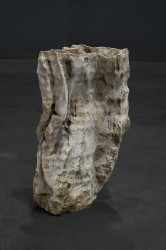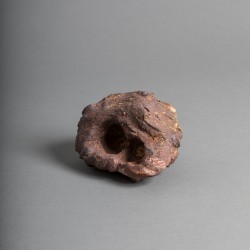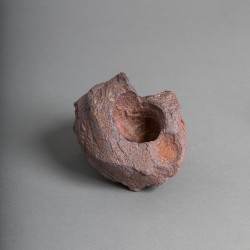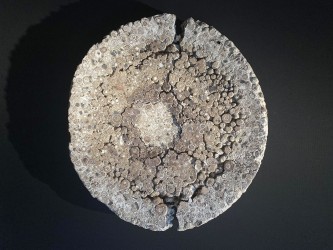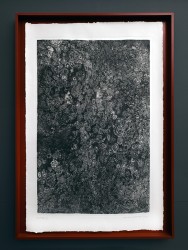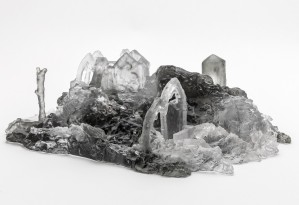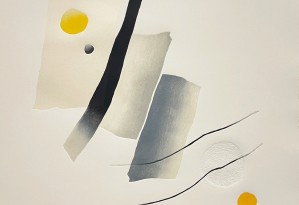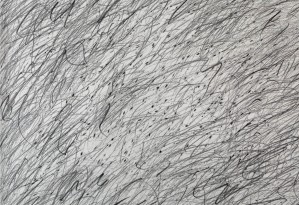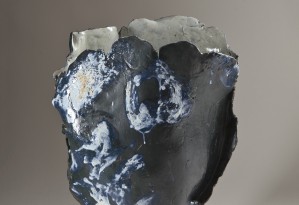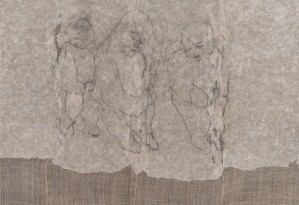CASANOVAS Claudi, ceramist
By searching for natural rock effects as he observed on El Hierro Island in the Canary Islands, and finding their ocellated structures, the sculptor plays on the opposite registers of the microcosm and the macrocosm, corresponding to the research of current science in its two seemingly unlimited and dizzying directions. Starting from the base of his native region and the millenary uses of the potter, he is at the heart of creation.
Germain Viatte
Biography
Born in 1956
He began by studying theatre in Barcelona before starting a ceramics course in Olot.
1978 - 1987 - Member of the Coure ceramics cooperative
1992 - Won the first prize at the 3rd International Ceramics Competition in Mino, Japan
2004 - Won the competition for the creation of a monument against fascism in Olot
Read more
Public Collections
- Aberystwyth Arts Centre, University of Wales, Aberystwyth, United Kingdom
- Ajuntament d'Olot, Olot, Spain
- Centro de Arte e Comunicaçao, ARCO, Alcobaça, Portugal
- Ceramic Cultural Park Museum, Shigaraki, Japan
- Ceramic Museum Seto, Aichi, Japan
- Escultural Park Amorousios, Athens, Greece
- Europäisches Kunst Handwerk, Stuttgart, Germany
- Fredericston Art Fund, Hong Kong, China
- Gardiner Museum, Toronto, Canada
- Museo Internazionale delle Ceramiche, Faenza, Italia
- Museu de Ceràmica, Barcelone, Spain
- Museum Boijmans Van Beuningen, Rotterdam, Netherlands
- Museum of Fine Arts, Boston, USA
- Museum voor Moderne Kunst Oostende, Oostende, Belgium
- Nationalmuseum, Stockholm, Sweden
- National Gallery of Australia, Canberra, Australia
- National Museum of Wales, Cardiff, United Kingdom
- Peabody Essex Museum, Salem, Massachusetts, USA
- Public Collection, International Ceramics Competition, Mino, Japan
- Sainsbury Centre for Visual Arts, Norwich, United Kingdom
- Stuart & Maxine Frankel Foundation for Art, Michigan, USA
- Victoria & Albert Museum, London, United Kingdom
- World Ceramic Center, Icheon, South Korea
- Hermitage Museum, Saint Petersburg, Russia
- Hetjens Museum, Dusseldorf, Germany
- Keramikmuseum, Westerwald, Germany
- Kunstgewerbemuseum, Dresden, Germany
- Musée de la Céramique, Sèvres, France
- Musée de la Céramique, Vallauris, France
- Musée Romain, Nyon, Switzerland
Claudi Casanovas' work
Claudi Casanovas' powerful and uncompromising works evoke the texture and relief of his native Catalonia, their massive forms evoking archaeological fragments of ancient structures such as cisterns and foundations. Although the archaeological nature of his works reveals a debt to the stonemason's art of analysing and cutting materials, they are also raw with references to the unique properties of clay when subjected to fire. Casanovas' technique is to freeze the porcelain clay before breaking it down to form blocks from which he develops dense, massed shapes. After the firing process, he carves these shapes with a hammer and chisel to obtain highly textured and eroded surfaces that are animated with light and focus on the elemental properties of clay and fire.
Read more
